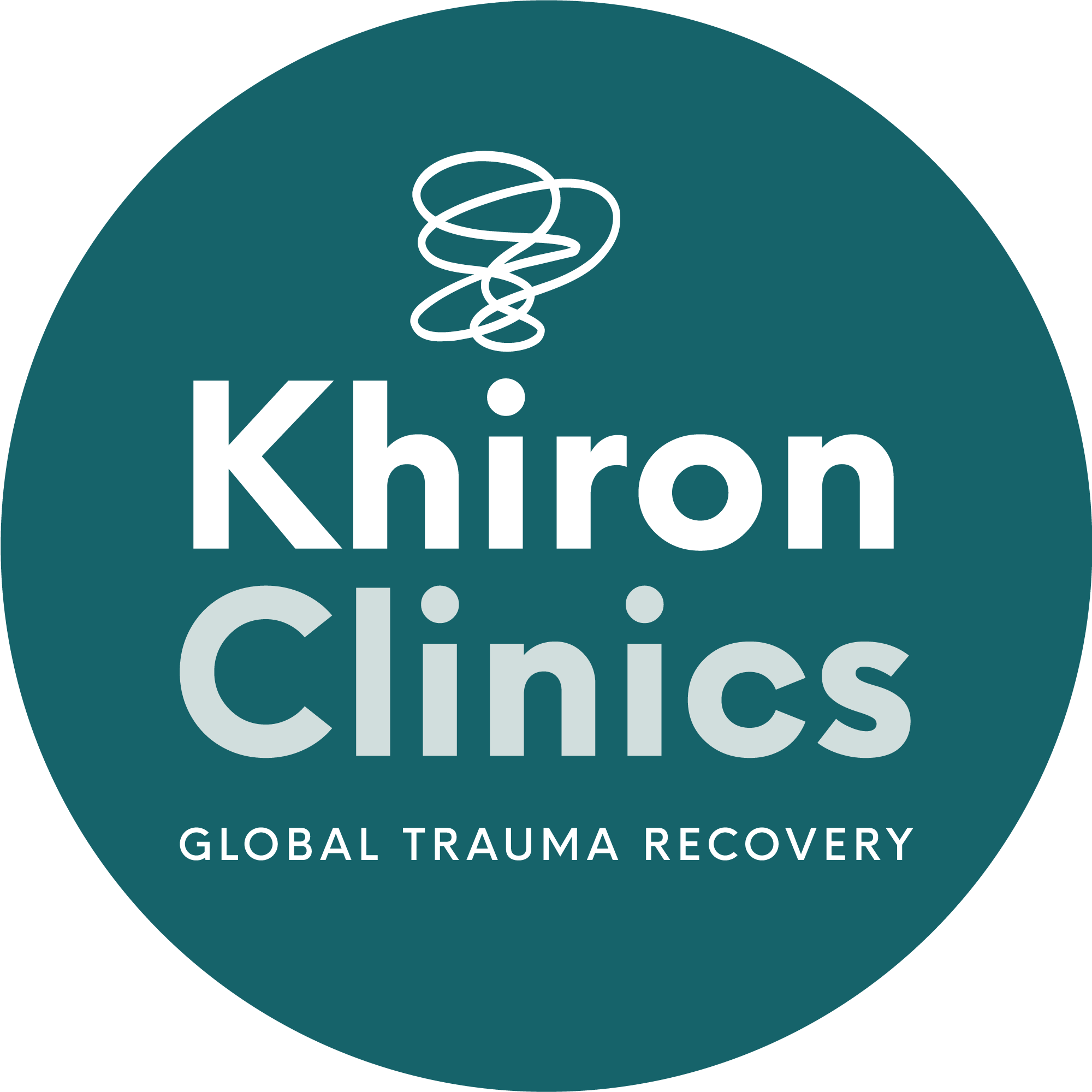Trauma is a multifaceted term. It refers to any intensely distressing, frightening, or stressful events, and many people can assume that only those who have been through war or lived through assault can struggle with it.
However, trauma has many faces and can stem from many places. It can occur to anyone at any age, and every person’s experience is unique. This blog will cover the different causes of trauma and how it can manifest in individuals, highlighting the importance of addressing trauma in all its forms.
What Is Trauma?
Trauma refers to psychologically overwhelming events that are often harmful or even life-threatening. It often has lasting adverse effects on mental, emotional, and even physical health, impacting how people perceive themselves, others, and the world around them.
Traumatic events can include:
- Experiencing an abusive relationship
- Childhood neglect
- Physical and sexual violence
- Serious health and medical emergencies
- Witnessing a traumatic event, such as a car crash
Not everyone who experiences or witnesses a traumatic event will develop post-traumatic stress disorder (PTSD) – however, around 20% will. Many more will experience trauma symptoms but may not meet the threshold for a diagnosis.
Complex Trauma
Trauma often refers to a single distressing event. However, complex trauma is caused by ongoing trauma that occurs over an extended amount of time. It is often associated with childhood neglect but can also stem from abusive relationships, parentification, and living in an active war zone.
The symptoms of complex trauma include:
- Flashbacks
- Panic attacks
- Sleep disturbances
- Low self-esteem
- Avoiding people, places, or scenarios that remind people of their trauma
Vicarious Trauma
Also known as secondary trauma, vicarious trauma can occur when people witness traumatic events. For example, social workers and paramedics who encounter many narratives or are exposed to traumatic events regarding others can develop vicarious trauma from seeing people in distress or repeatedly treating traumatic injuries.
Those struggling with vicarious trauma can experience similar symptoms to complex trauma and PTSD. However, professionals who deal with it may not put their needs first, instead focusing on the needs of others who also need help.
Conditions Associated With Trauma
Trauma is associated with many conditions beyond PTSD, including:
- Dissociative disorders – Dissociation is a common response to a traumatic event. It involves a disconnect between thoughts, memories, and sense of self and often occurs as the body distorts a person from their trauma. People can deal with derealisation, in which people or objects around them feel unreal or dreamlike, and depersonalisation, where they feel disconnected from their bodies.
- Borderline personality disorder (BPD) – BPD is a personality disorder that has strong links to trauma. For example, a study from 2015 found that 40% of people with BPD and PTSD had experienced childhood sexual abuse.[1] BPD and trauma also have overlapping symptoms, such as difficulties with emotional regulation and struggles with dissociation.
- Depression – Depression can be a direct result of a traumatic event. Overwhelming, traumatic events have a huge impact on the brain and nervous system and can often lead to a freeze response, in which people do not try to run away from or fight off a threat but freeze up in the face of danger in an attempt to avoid it. People can remain trapped in the freeze state even after the traumatic event has passed, contributing to symptoms of depression such as fatigue, low motivation, and a persistent feeling of numbness.
- Anxiety – Anxiety and trauma have a close relationship. It can often overlap with PTSD, with one study finding that 40% of veterans had both PTSD and generalised anxiety disorder.[2] Anxiety can arise as a part of the fight, flight and freeze response, trying to protect the body by increasing hypervigilance and preparing the body to flee from a threat. However, if it is not addressed, it can have detrimental long-term physical and mental effects.
Trauma and Physical Health
Trauma is linked to a wide range of physical health conditions. It disrupts the body’s stress response, causing people to feel constantly on edge as they scan for threats. The autonomic nervous system, which governs the fight or flight response, releases hormones, including cortisol, to prepare the body. High cortisol levels in the body can contribute to inflammation and lead to the development of conditions such as diabetes and cardiovascular issues.
Alternatively, the autonomic nervous system can become underactive after trauma, contributing to health conditions. People may experience digestive issues, low blood pressure, and difficulties expressing emotions.
Additionally, trauma has been linked with chronic pain that may not have a clear cause. This is also known as psychogenic pain and can be caused by an overactive nervous system constantly scanning for threats. For example, the Institute for Chronic Pain states that 66% of women with chronic headaches reported a history of physical and sexual abuse.[3]
Trauma cannot just be confined to the diagnosis of post-traumatic stress disorder. It has many different presentations and impacts individuals in many ways, affecting their physical and mental health. Each person’s experience of trauma is unique and can vary, not being confined to a single diagnosis of PTSD.
If you have a client or know of someone struggling with anything you have read in this blog, reach out to us at Khiron Clinics. We believe that we can improve therapeutic outcomes and avoid misdiagnosis by providing an effective residential program and outpatient therapies addressing underlying psychological trauma. Allow us to help you find the path to realistic, long-lasting recovery. For more information, call us today. UK: 020 3811 2575 (24 hours). USA: (866) 801 6184 (24 hours).
Sources:
[1] Scheiderer, E.M., Wood, P.K. & Trull, T.J. The comorbidity of borderline personality disorder and posttraumatic stress disorder: revisiting the prevalence and associations in a general population sample. bord personal disord emot dysregul 2, 11 (2015). https://doi.org/10.1186/s40479-015-0032-y
[2] Milanak ME, Gros DF, Magruder KM, Brawman-Mintzer O, Frueh BC. Prevalence and features of generalized anxiety disorder in Department of Veteran Affairs primary care settings. Psychiatry Res. 2013 Sep 30;209(2):173-9. doi: 10.1016/j.psychres.2013.03.031. Epub 2013 May 7. PMID: 23659756; PMCID: PMC4026032.
[3] Domino, J. V., & Haber, J. D. (1987). Prior physical and sexual abuse in women with chronic headache: Clinical correlates. The Journal of Head and Face Pain, 27, 310-314.



